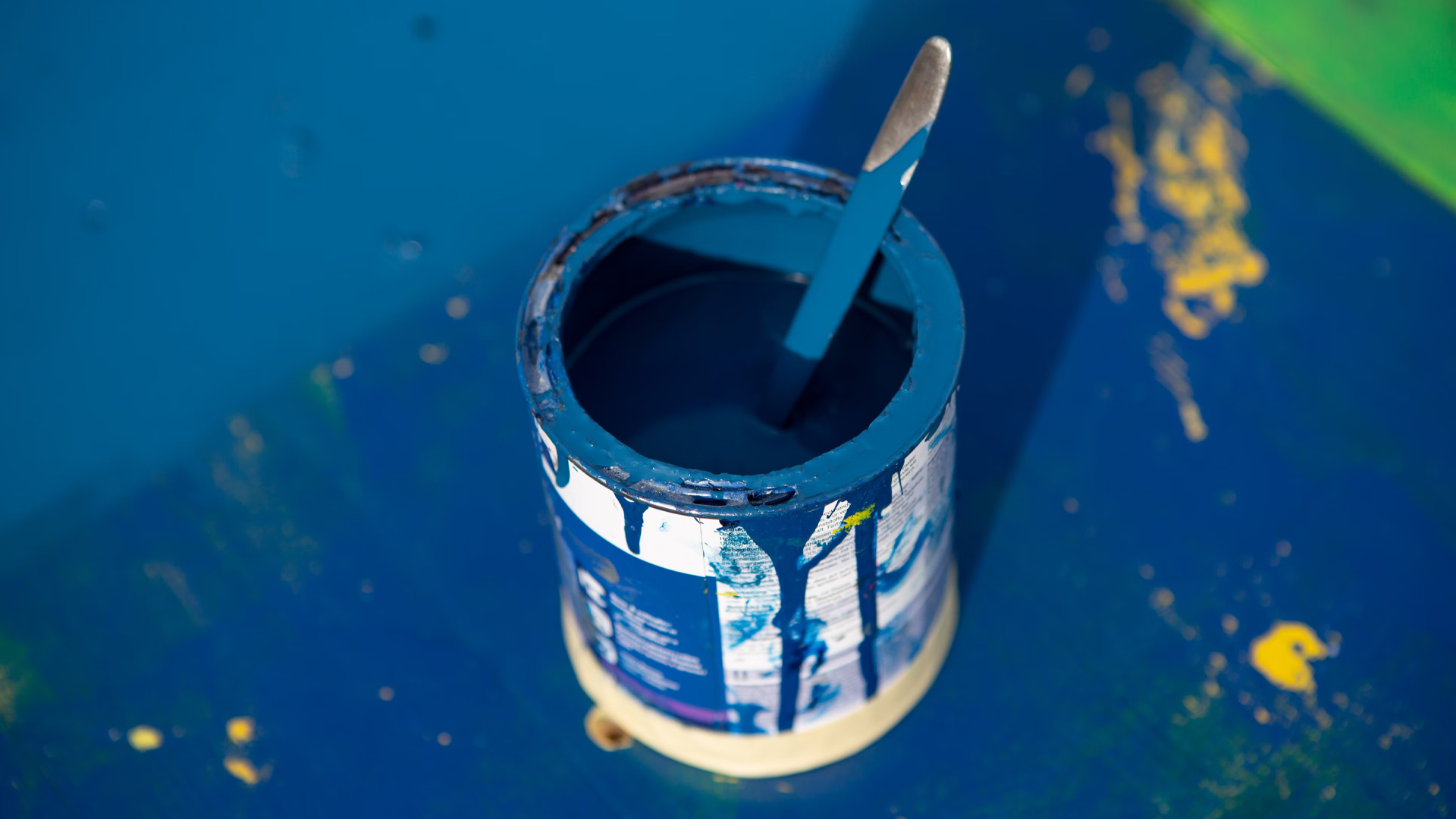Key Take Aways
Black mould (Stachybotrys chartarum) thrives in damp, humid environments and spreads via spores that can affect health if inhaled.
Primary causes include leaks (pipes, roof), condensation, high humidity (especially in kitchens, bathrooms), and moisture intrusion through walls or windows.
Health risks span respiratory issues (coughing, wheezing), allergic reactions (rash, congestion), worsened asthma, and, in rare cases, severe conditions for vulnerable individuals.
Prevention strategies: ensure proper ventilation, dry clothes outdoors or with extraction, fix leaks promptly, seal cracks, use dehumidifiers, keep indoor humidity around 50%, and maintain consistent heating (18–20 °C).
Daily habits: wipe condensation from windows, cook with lids on pans, use extractor fans, air rooms after cooking or bathing, and avoid drying clothes over radiators.
Treatment methods: wear protective gear, isolate the area, scrub with mould-killing solutions, dry thoroughly, and repaint with fungicidal or mould-resistant paint.
When to seek professional help: for large infestations, structural damp issues, or if DIY methods fail—professionals can offer full assessment, safe removal, and long‑lasting solutions such as waterproof coatings.
Recommendations for landlords: use mould-resistant paint, provide tenants with removal & prevention kits, and invest in tenant education or CPD training to reduce complaints.
When it comes to the health and well-being of your home, one of the most common issues homeowners in the UK face is black mould. This pesky intruder can be unsightly, harmful, and downright frustrating. In this comprehensive guide, we’ll delve deep into the world of black mould, exploring what it is, its potential harm, how to effectively get rid of it, whether you can tackle it yourself, and the benefits of professional black mould removal.
What is Black Mould?
Unveiling the Mysterious Intruder
Black mould, scientifically known as Stachybotrys chartarum, is a type of fungus that can thrive in damp and humid conditions. It’s not always black; it can appear greenish-black or even dark grey. What sets black mould apart from other common household moulds is its potential to produce mycotoxins, which are toxic substances harmful to humans and pets.
How Harmful is Black Mould?
Assessing the Risks
Black mould is not something to be taken lightly. When its spores become airborne and are inhaled, they can cause a range of health issues. Common symptoms of black mould exposure include respiratory problems, persistent coughing, skin irritation, and eye irritation. Those with weakened immune systems, allergies, or asthma may be particularly vulnerable.
Mycotoxins and Their Impact
The mycotoxins produced by black mould can be especially concerning. Prolonged exposure to these toxins has been associated with more severe health problems, including neurological issues and even long-term lung conditions. While not everyone exposed to black mould will experience these effects, it’s a risk that should not be ignored.
How to Get Rid of Black Mould
Facing the Problem Head-On
Dealing with black mould requires a strategic approach. We have put together a detailed step-by-step guide on how to remove black mould [insert link to How To Get Rid of Black Mould: 6 Pro Tips].
Preventative Measures to Keep Black Mould at Bay
- Proper Ventilation:
Adequate ventilation is crucial in preventing the buildup of moisture that fuels black mould growth. Ensure that your home is well-ventilated, especially in areas prone to moisture, like bathrooms, kitchens, and basements. Use exhaust fans and open windows when possible to let in fresh air.
- Regular Maintenance:
Stay proactive in maintaining your home’s integrity. Inspect your roof, walls, and foundation for any signs of leaks or damage. Promptly address and repair any issues to prevent water intrusion, which is a primary catalyst for mould growth.
- Humidity Control:
Black mould thrives in high humidity environments. Invest in a hygrometer to monitor indoor humidity levels. Aim to keep indoor humidity below 50%. If it consistently exceeds this level, consider using dehumidifiers to maintain a healthier environment.
- Effective Insulation:
Insulation can play a significant role in preventing mould. Properly insulate your home to reduce the likelihood of condensation forming on cold surfaces. This helps to eliminate one of the conditions necessary for mould growth.
- Regular Cleaning:
Regularly clean and maintain your home to prevent dust and dirt buildup, as these can provide a food source for mould. Pay special attention to areas like window sills, corners, and hidden spaces behind furniture.
- Proper Storage:
Store belongings in a way that allows air to circulate around them. Avoid packing items tightly in damp areas like basements or attics, as this can create ideal conditions for mould growth.
- Use Mould-Resistant Products:
When renovating or redecorating, consider using mould-resistant paint, drywall, and insulation materials. These products are designed to deter mould growth, adding an extra layer of protection to your home.
- Regular Inspections:
Conduct routine inspections of your home, particularly in areas prone to moisture. Early detection of leaks or water damage can prevent mould problems from escalating.
- Address Landscaping and Drainage:
Ensure that the landscaping around your home encourages proper water drainage away from the foundation. This helps prevent water from seeping into your home’s structure.
- Educate Yourself:
Stay informed about the signs of mould growth and its potential health risks. Knowing what to look for can help you take swift action if you suspect a mould problem.
By implementing these comprehensive preventative measures, you can significantly reduce the risk of black mould taking hold in your home. Remember that mould prevention is an ongoing effort, and being proactive is key to maintaining a healthy and mould-free living environment for you and your family.and kitchen.
Can I Remove Black Mould Myself?
DIY vs. Professional Help
While tackling small patches of black mould yourself is possible, larger infestations or cases where mould has infiltrated structural elements may require professional intervention. DIY methods can be effective for minor issues, but it’s essential to know your limits and seek expert assistance when needed.
Professional Black Mould Removal
The Benefits of Expertise
When it comes to significant black mould infestations or situations where it poses a serious health risk, turning to professionals like All Weather Coating can be a wise choice. Here are some of the benefits of professional black mould removal:
- Thorough Assessment: Professionals can assess the extent of the problem, including hidden mould that may not be visible.
- Safe and Effective Removal: Our team at All Weather Coating have the experience and equipment to safely remove the mould and its spores, reducing the risk of reinfestation.
- Preventative Measures: Experts can identify and address the root causes of mould growth, such as leaks or poor ventilation, to prevent future issues.
- Peace of Mind: Hiring professionals provides peace of mind, knowing that your home is in the hands of experts who prioritize safety and efficiency.
Dealing with black mould in your home? Contact our team today for a free consultation.
In conclusion, black mould is a serious issue that demands attention from UK homeowners. Understanding what it is, its potential harm, and how to deal with it is crucial. While some cases can be handled through DIY methods, professional black mould removal offers a safer and more comprehensive solution for severe infestations. Protecting your home from black mould is not only about maintaining its appearance but also safeguarding the health of your loved ones.





